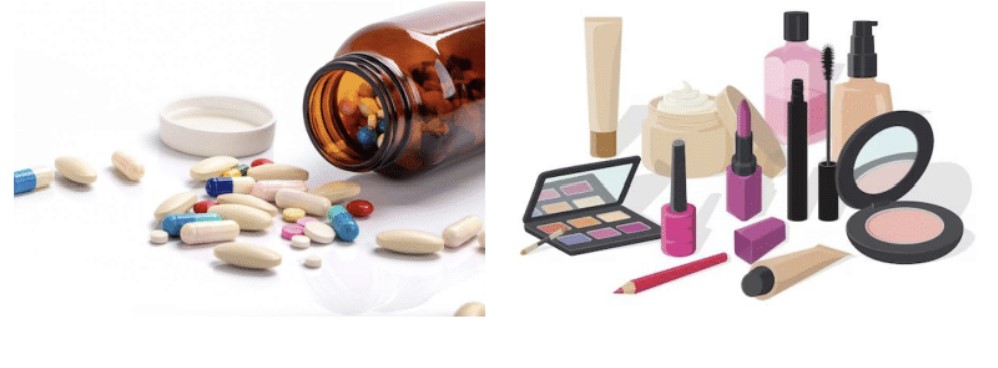Originally, when the Drugs Act, 1940 was enacted, the ‘cosmetics’ were kept outside the purview of the Act and rules made there under. The Drugs Act 1940, which was known as the Principal Act, came to be amended by the Parliament called the Drugs (Amendment) Act, 1962 (Act 21 of 1962).
Drugs (Amendment) Act, 1962.
The Drugs (Amendment) Act, 1962, extended the scope of the Drugs and Cosmetics Act, 1940, to include the regulation of cosmetics. This was a necessary response to the evolving cosmetics industry, where increased use of organic compounds, synthetic ingredients, and complex formulations began to raise health concerns. The amendment aimed to ensure that cosmetics sold in India would not pose risks to consumers' health and safety.
One of the primary motivations behind this amendment was to address adverse skin reactions, such as contact dermatitis, often linked to products like deodorants, lipsticks, and nail polishes. Additionally, concerns over the toxicity of certain chemicals, highlighted the need for stringent oversight.
After a meeting of the Central Council of Health in 1960, industry stakeholders recognized the importance of regulating cosmetics manufacturing, particularly to control the production and sale of substandard or harmful products. This led to the proposal for an amendment that would enforce safety standards in the cosmetics sector, preventing unsafe products from entering the market. Ultimately, the Act’s objective was to protect public health by ensuring that cosmetic products adhere to quality standards and are manufactured in hygienic conditions, reducing risks associated with unregulated production and misbranded items.
*Source: Exhaustive Commentary on the Drugs and Cosmetics Act by Adv. Sushant Mahapatra, (available on www.Lexipharma.com)










